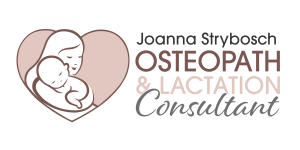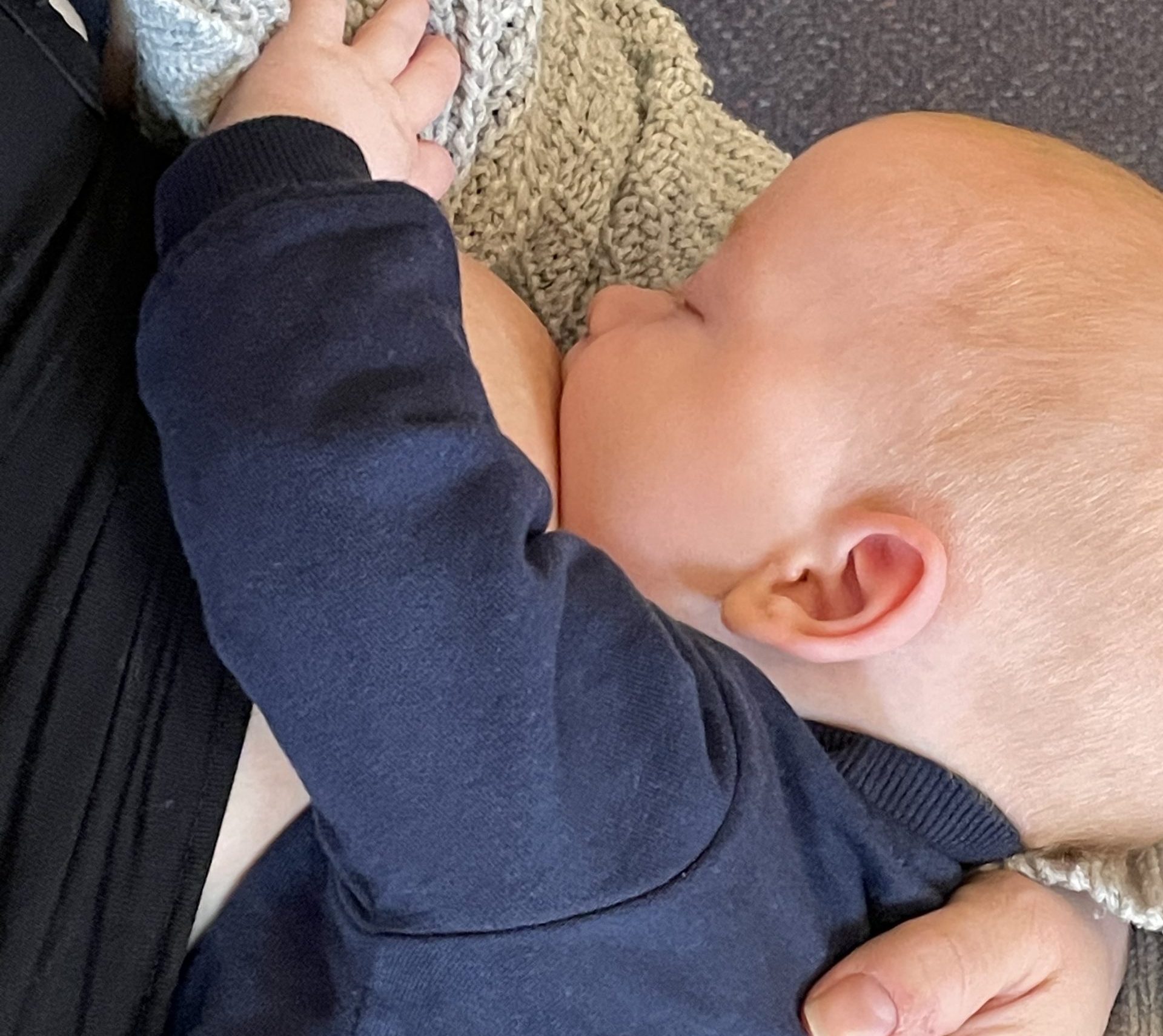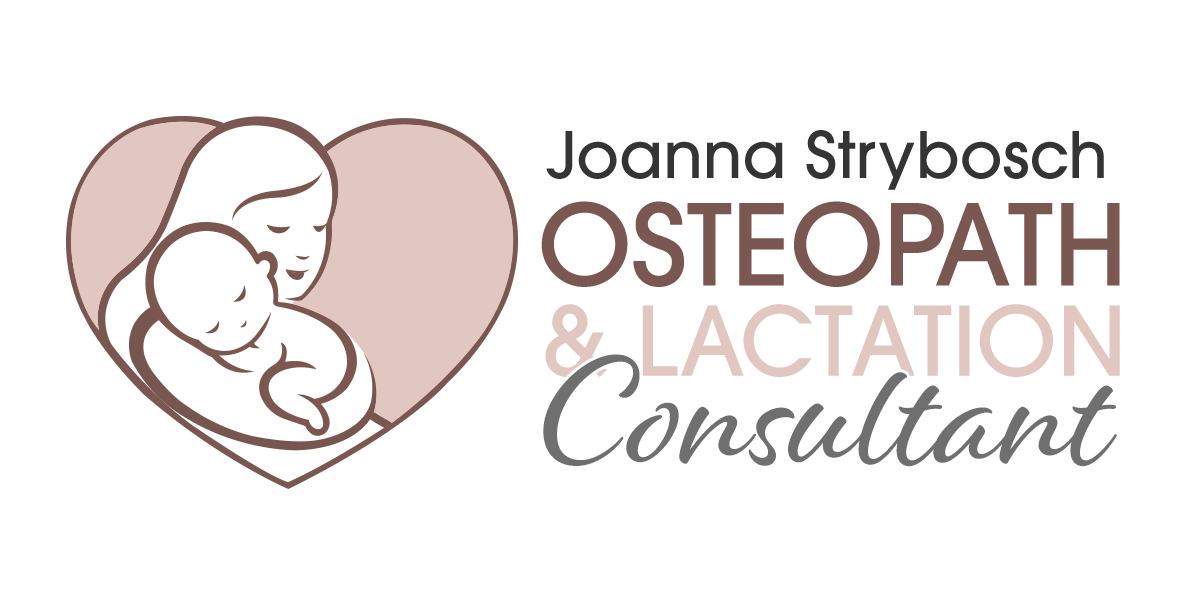9 STAGES OF NEWBORN BEHAVIOUR
The importance of providing a mother and baby immediate skin to skin contact for at least an hour after birth is now being recognised. Changes in medical practice now encourage this continues skin to skin contact beginning immediately after birth, without delay or interruption for routine procedures, and continuing though the first breastfeed. This practice has been shown to improve self-regulation of the baby and increase the likelihood of breastfeeding success.
Swedish researcher Ann-Marie Widstrom has shown that there are nine observable newborn stages that occur in the first hour or two after birth when a baby is placed immediately skin to skin with his mother. These are instinctive to the baby and occur in a sequential order.
Stage 1 – The birth cry
The distinctive cry occurs immediately after birth as the baby’s lungs expand and fill with air for the very first time. This is a wonderful sound to the parents ears and confirms their baby is alive and well!
Stage 2 – Relaxation
The baby is placed skin to skin on her tummy on her mothers tummy or chest. Her hands will be relaxed. Baby will be calm and quiet, pausing to recover form the birth process.
Stage 3 – Awakening
About 3 minutes after birth, the baby starts to make small movements of the head and shoulders. She is no longer tightly confined inside her mother, and is free to stretch and experience the open space around her.
Stage 4 – Activity
The baby begins to explore her environment with her mouth by make mouthing and sucking movements. She has more stable eye movements now and looks at the breast and then looks at her mother. The dark areola attracts her to the nipple area and the smell there is familiar, as it is the same as the amniotic fluid that has been her environment til now. She starts to move her hand to her mouth, stick out her tongue and massages the breast with one or both hands. All of these movements increase the release of oxytocin in her mother’s body and prepares her body for bonding and breastfeeding.
Stage 5 – Rest
The baby may have periods of rest between these early activity during the first couple of hours after birth. This resting time does NOT mean baby is disinterested in the breast and needs help latching. Don’t intervene. Just let her be and she will continue in her own time. Don’t rush her. Enjoy this time together.
Stage 6 – Crawling
Baby “crawls” towards the breast and nipples. She will make her way there using sliding, pushing, leaping and crawling movements until she reaches her target. These are short periods of action usually starting around 35 minutes after birth.
Stage 7 – Familiarization
Baby becomes acquainted with the nipple by licking the nipple and touching and massaging the breast. This stage begins about 45 minutes after birth and can last 20 minutes or more. Baby starts making sounds to get mums attention. She looks at the other people in the room, familiarising himself with her new environment. Baby’s movements are quite purposeful. Again, don’t rush the process. Relax and enjoy watching this amazing event as baby finds the breast and nipple by herself. Soon she will latch on and suckle without assistance or interference. Don’t try to help her latch – she is not ready just yet. Her tongue is flat and high in the roof of his mouth, whereas just prior to self-attaching, she will drop her tongue and while opening her mouth wide for a deep and effective latch. Be on baby time, not on hospital or doctor or nurse time.
Stage 8 – The newborn takes the nipple, self-attaches and suckles
This usually begins about an hour or so after birth. If the mother has had anaesthesia during labour, it may take a while longer for baby to complete these stages.
Stage 9 – The final stage is sleep
The baby and often mum too will fall into a beautiful restful sleep together.




